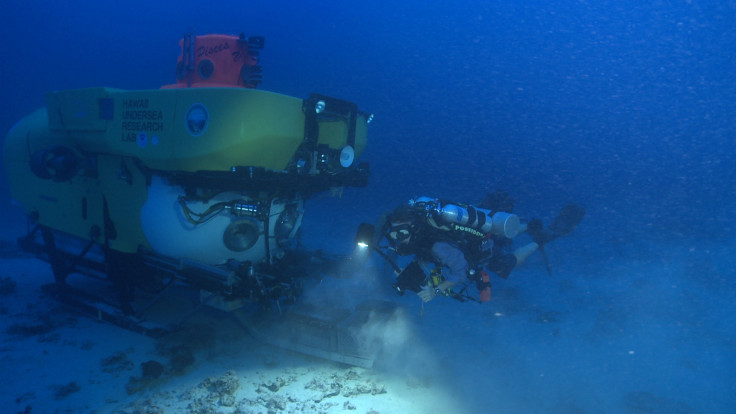Hawaii's deep coral reefs are home to species unseen anywhere else in the world
Two decades of exploration have allowed researchers to describe the fauna living in coral reefs deep in the ocean.
Deep coral reefs in Hawaii harbour unique species of fish, researchers have found out. The rate of endemism – the ecological state of species found nowhere else on Earth – appears to rise substantially on reefs situated more than 30 metres under water.
While there have been studies published in the past regarding coral-reef environments at depths greater than 30 metres, these corals had been poorly investigated to date, largely because of the challenges to access such depths. Indeed, they are located deeper than conventional scuba divers can explore safely, but are shallower than most submersible-based exploration.
It is known that coral reefs are among the most threatened ecosystems on the planet, with overharvesting, pollution, coastal development, invasive species, and climate change, accelerating the degradation of coral health worldwide.
Yet, designing effective strategies to protect them has proven difficult, not least because scientists' understanding of coral-reef ecosystems is mainly based on the multitude of data from depths at less than 30 metres. The problem is these shallow corals represent less than one-fifth of the total depth range of the tropical coral-reef environment.
This is why the recent multidisciplinary study, published in the journal PeerJ and conducted over two decades, had one main objective: to describe deep coral reef habitat, documenting in particular coral cover at depths of 90 metres or more off the islands of Maui and Kaua'i.
Coordinated diving
To explore the elusive deep coral reefs, advanced technology was required. This included studying mapping and measurement of the ocean's depths, towed and remotely operated camera systems, a variety of environmental sensors for recording light, temperature, water movement and other parameters, and two research submersibles operated by the Hawai'i Undersea Research Laboratory. The scientists also took an original approach, combining rebreather divers with the submersibles side-by-side in coordinated dives.

This allowed them to explore in greater detail the deep reefs: "Submersibles can go much deeper and stay much longer, but divers can perform more complex tasks to conduct experiments and collect specimens. Combining both together on the same dives allowed us to achieve tasks that could not have been performed by either technology alone," said study lead author Richard Pyle.
One of the most interesting findings was the important rate of endemism found at greater depths. At less than 30 metres, only 17% of the fishes encountered are species endemic to Hawaii, while more than 50% of species below 70 metres are endemic to the Hawaiian islands.
"The extent of fish endemism on these deep coral reefs, particularly in the Northwestern Hawaiian Islands, is astonishing," pointed out Randall Kosaki, a co-author of the study. "We were able to document the highest rates of endemism of any marine environment on Earth."

They also discovered that these reefs are home to extensive algae meadows that support the unique fauna living there. In total, the researchers identified more than 70 species of macroalgae.
The study's results have significant implications for conservation strategies. It underscores the need to take urgent measures to protect the rich and unique biodiversity inhabiting deep environments. Deep coral reefs, with their many species of algae, may also serve as a refuge for certain species that are more heavily impacted on shallow coral reefs.
© Copyright IBTimes 2025. All rights reserved.






















